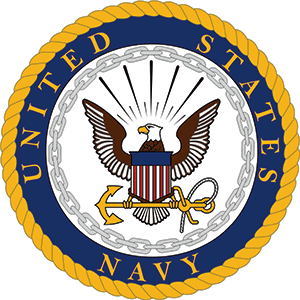ABOUT VW-14
- VW-14 Designation: VW-14 was a U.S. Navy Airborne Early Warning Squadron established during the Cold War era, specifically tasked with providing advance warning of potential threats.
- Barrier Force Atlantic: The squadron was a key part of the Atlantic Barrier, a line of radar-equipped aircraft that patrolled the Atlantic Ocean to detect Soviet bombers and missiles approaching North America.
- Willy Victor Aircraft: VW-14 operated the Lockheed WV-2 (later EC-121 Warning Star), a large, radar-equipped aircraft crucial for long-range surveillance missions.
- Home Base: The squadron was based at NAS Patuxent River, Maryland, which was a hub for early warning operations during its service.
- Cold War Operations: VW-14 flew lengthy missions, sometimes lasting up to 18 hours, maintaining constant radar coverage over the Atlantic to monitor airspace for potential Soviet incursions.
- Inactivation: VW-14 was disestablished in 1965 as advances in radar technology and missile warning satellites made manned barrier patrols less necessary.
- Nickname and Insignia: The squadron was often referred to as "Willy Victor Fourteen," and its insignia featured a radar-equipped aircraft scanning the horizon—symbolic of its mission.
- Critical Missions: VW-14’s flights were sometimes called “Pickett Fence” missions, referring to their overlapping radar coverage that formed a continuous barrier across the ocean.
- Notable Personnel: Many of VW-14’s crew members later went on to serve in other critical aviation and intelligence roles within the U.S. Navy and Department of Defense.
- Legacy: The squadron’s work helped lay the foundation for modern airborne early warning systems, and its operational experience influenced the development of the E-2 Hawkeye and later AWACS aircraft.

